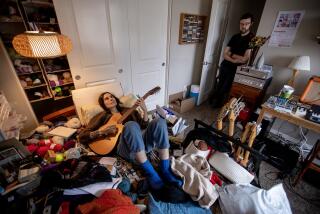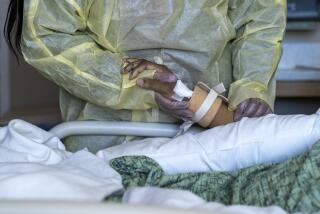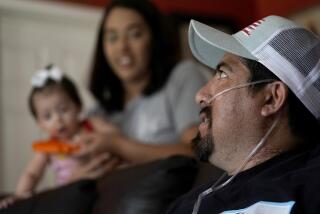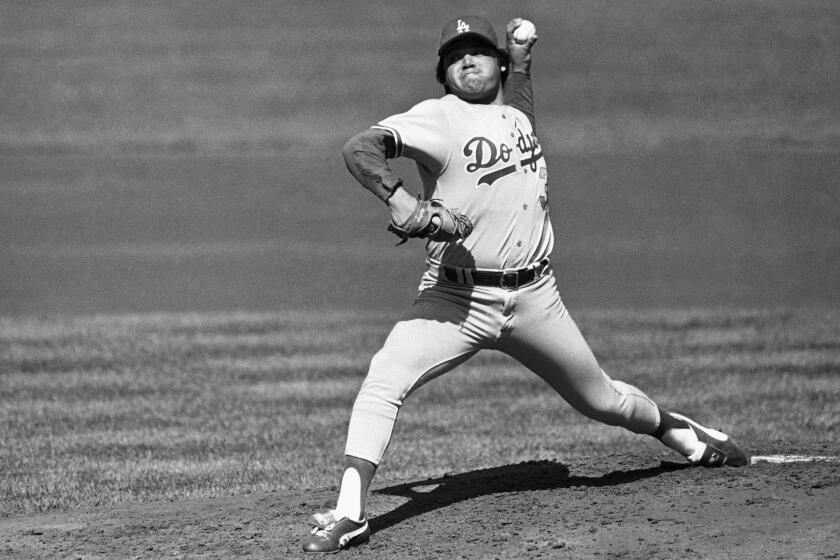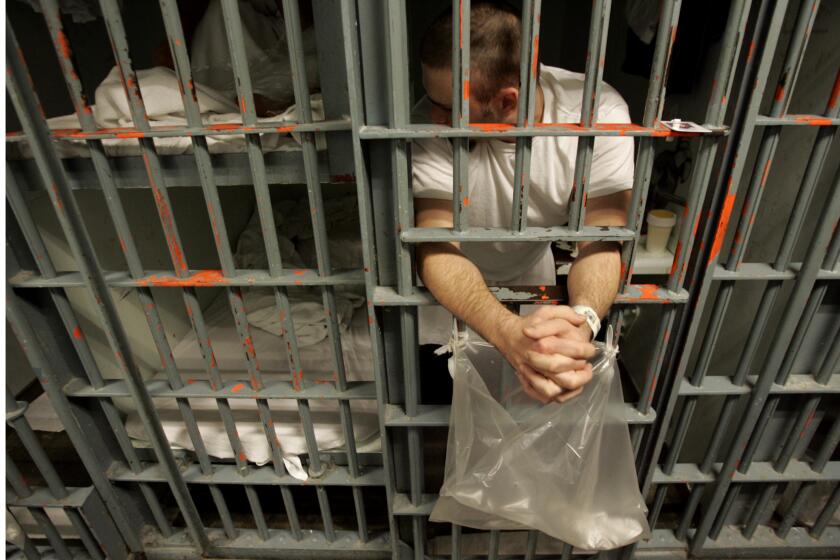For a rural family, COVID-19 felt like a distant threat. Until it devastated them
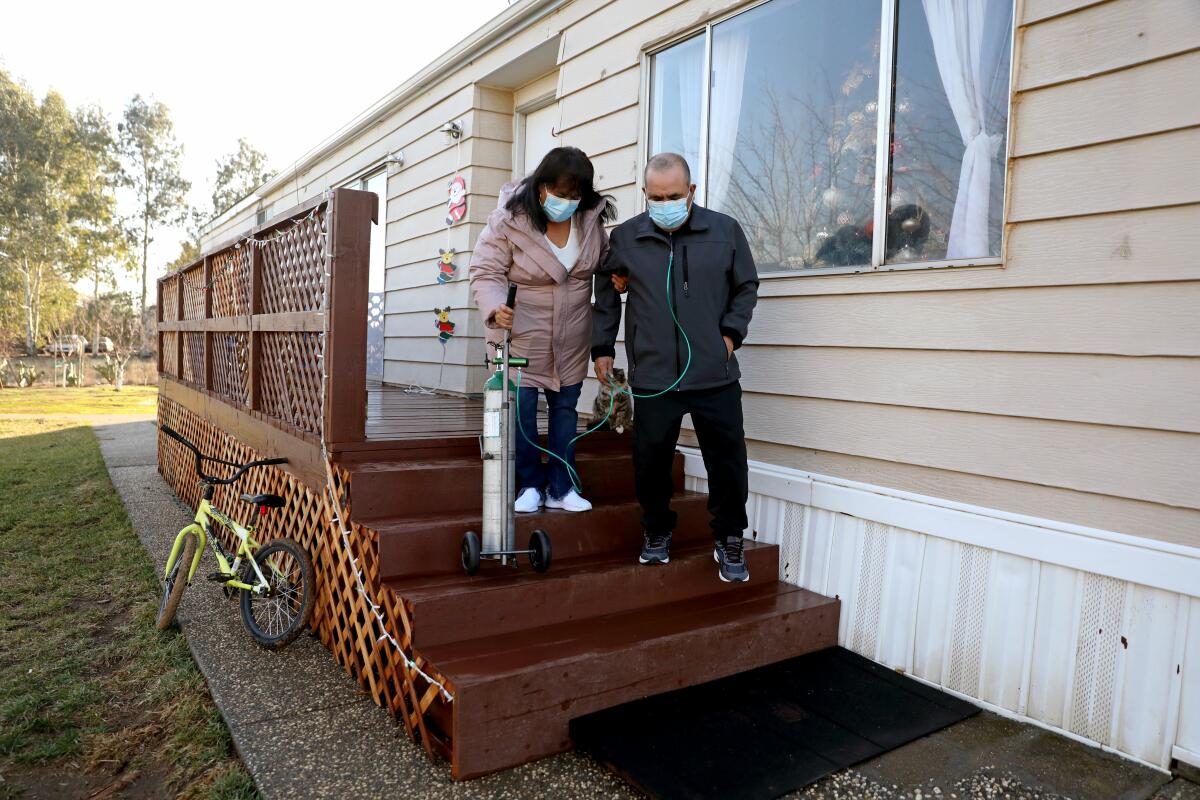
CORNING, Calif. — Sonia Bravo lives with her family off a gravel road near the Sacramento River, on a tranquil two acres where they can hear roosters crowing and gaze at snow-capped Mt. Shasta in the distance.
As urban areas locked down last spring and people got sick and died from the coronavirus, they felt far removed.
“We had a mindset like, ‘We’re not going to get it. That’s just in the cities,’” said Bravo, 34.
How she wishes that had been true.
Last summer, everyone in the house Bravo shares with eight family members got COVID-19: Bravo, her husband, her 7-year-old twin boys. Her mom and dad. Her two sisters. Her brother.
One sister, 18-year-old Ashley Marin, is believed to be the youngest Tehama County resident hospitalized with the virus, according to the county’s public health department. And her father, David Marin, was hospitalized for 73 days, withering from a sturdy 200 pounds to a skeletal 89 pounds.
Now, the family hopes their story can be a cautionary tale for rural California, where skepticism of the virus’s severity and of the vaccine’s effectiveness runs deep.
“I want to tell people this virus does exist,” David, 56, said from his front porch, his soft voice accompanied by puffs from a portable oxygen tank. “It is true. It is true. You can catch it anywhere.”
The family’s house is just outside Corning, an agricultural town of 7,600 residents about 30 miles northwest of Chico that is called the Olive Capital of the World. In California’s conservative northern counties, public health officials say they have struggled to convince residents that the virus poses a real threat.
Here, schools are open for in-person learning. People still eat inside restaurants, even though that is banned by the state. In public, many do not wear masks. Some in this region, which heavily supported President Trump, thought the virus was a hoax and would go away after the election, health officials say.
“People around here are tough. They don’t want to test or admit they could have it,” said Dr. Richard Wickenheiser, the Tehama County health officer. “They’re concerned about their jobs and their ability to go to work if they get tested. ... They’re used to doing things alone. They say they’ve been through worse.”
The pandemic skepticism in vast, sparsely populated Northern California is emblematic of the mood in small towns across the country, where illness or physical trauma can sometimes mean an hours-long drive to the nearest medical facility.
Rural residents are less concerned that they will get sick with COVID-19 than their urban and suburban counterparts, and they are more vaccine-hesitant, according to a national poll conducted in December by the Kaiser Family Foundation. Half of the rural residents polled said the seriousness of the coronavirus is exaggerated in the news, compared with 37% of suburban and 27% of urban residents.
While distance and low density — natural social distancing, some call it — did cause the virus to spread slower in Northern California than in more densely populated areas farther south, the region has not been immune from a statewide spike in coronavirus cases this winter.
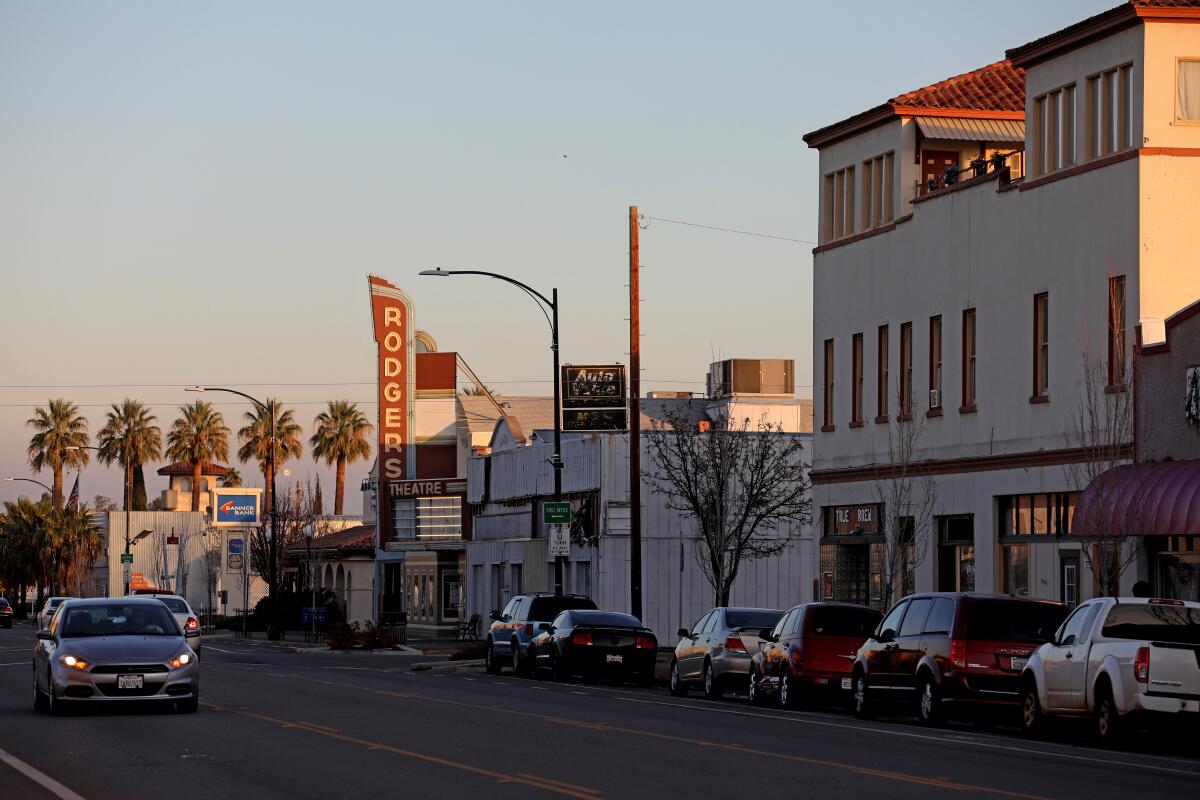
When all nine members of Bravo’s household tested positive in mid-July, Tehama County had reported 121 positive cases and one death, according to The Times coronavirus tracker.
As of Friday, the county of about 65,000 residents had confirmed 4,831 cases and 47 deaths.
Bravo and her family do not know how the coronavirus entered their home.
But the virus’ burden has been disproportionately shouldered by people much like them: essential workers who cannot work from home; people living in multi-generational households; and Latinos, who make up 39% of California’s population and 55% of its COVID cases.
Bravo, an ophthalmology technician, and her husband and sons recently moved into her parents’ three-bedroom mobile home while they build a new house nearby. When she talks about what has been the worst year of her life, Bravo has a hard time holding back tears.
Ashley was the first to feel sick. The high school senior, a former cheerleader, started getting headaches and body aches around July 8, a Wednesday. By Monday, she was gasping for air.
Her parents drove 25 miles, across the Butte County line, to Enloe Medical Center in Chico, where she was admitted directly to the intensive care unit because her oxygen levels had fallen dangerously low.
On Tuesday, the teenager was put on a ventilator. That same day, her father started coughing so hard he could not catch his breath. He too was whisked into the ICU at Enloe — right about the same time county health officials were coming to the family’s home to test them all for the coronavirus.
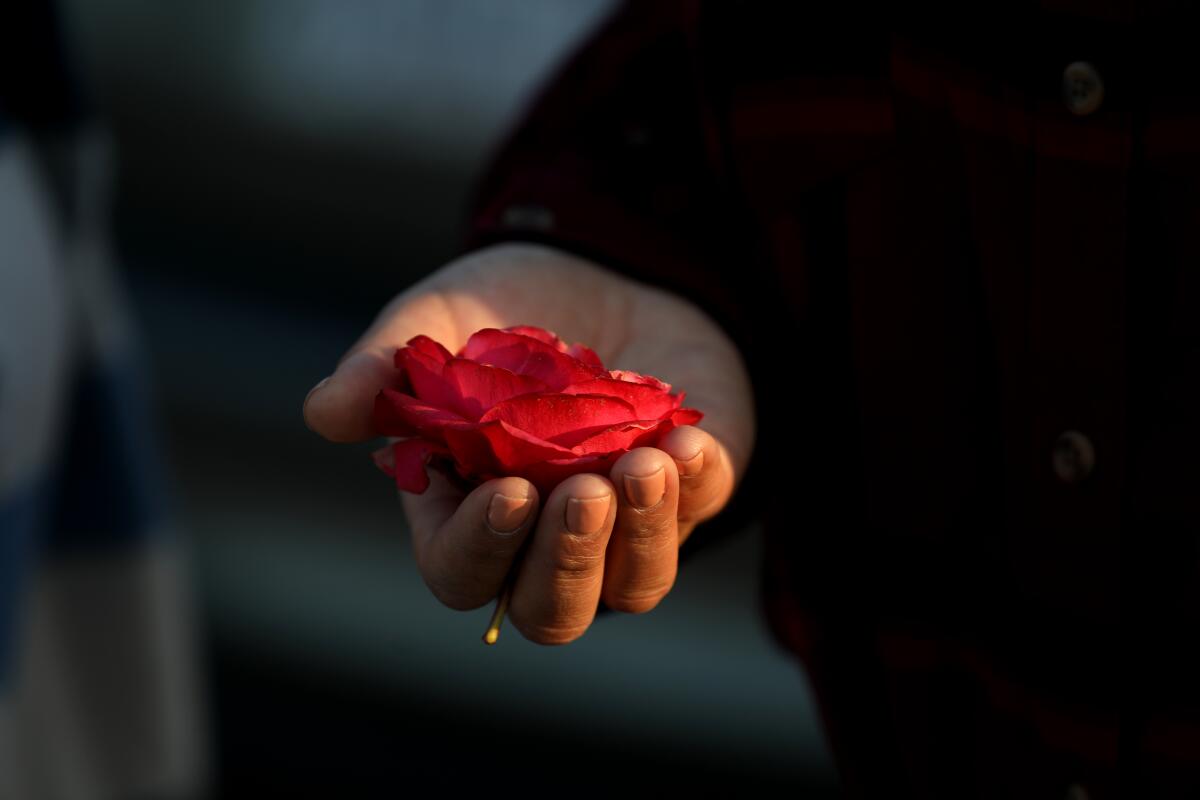
That Friday, Bravo answered one of many distressing phone calls she would take over the coming weeks: Ashley was not improving, a doctor said.
They needed to make a decision, immediately, about whether to give her a plasma treatment. Bravo and her mom said to do it.
A woman of deep Catholic faith, Bravo got mad at God. Why us? she asked.
But then, she apologized. She begged for a sign that her sister would survive.
At that moment, a flower — a bright pink vinca planted by her mother, Maria Marin — fell at her feet. She took that as her sign.
That Sunday, Maria, 58, who worked as a sorter at an almond orchard, was sitting on the front porch, waiting “in a living hell” for news about Ashley and David, when she started gasping.
Bravo rushed her to Enloe. She was admitted for observation.
“Please,” Bravo pleaded with her mother. “Come back.”
At home, her other sister, Vanessa Marin, 26, was so weak she could barely walk.
Bravo’s young sons showed no symptoms, but Bravo had a cough. Her head pounded.
“I think I just didn’t pay attention to COVID,” she said. “I was so worried about what was going on with my parents and sister and everybody here. I was so scared because my kids came back positive.”
As the family’s ordeal intensified, some people said they must be exaggerating, Bravo said. Others said they too had gotten COVID-19 and that it wasn’t really that bad. The comments stung.
Bravo sees people walking around in public, unmasked. She sees pictures on social media of friends hosting parties.
“I’m just like — God bless them,” she said. “I hope they don’t get sick. Other people get sick and say it’s just like the flu. It didn’t happen like that for us. ... I thought we were never going to get it, but it scarred me and it scarred everybody in my family.”
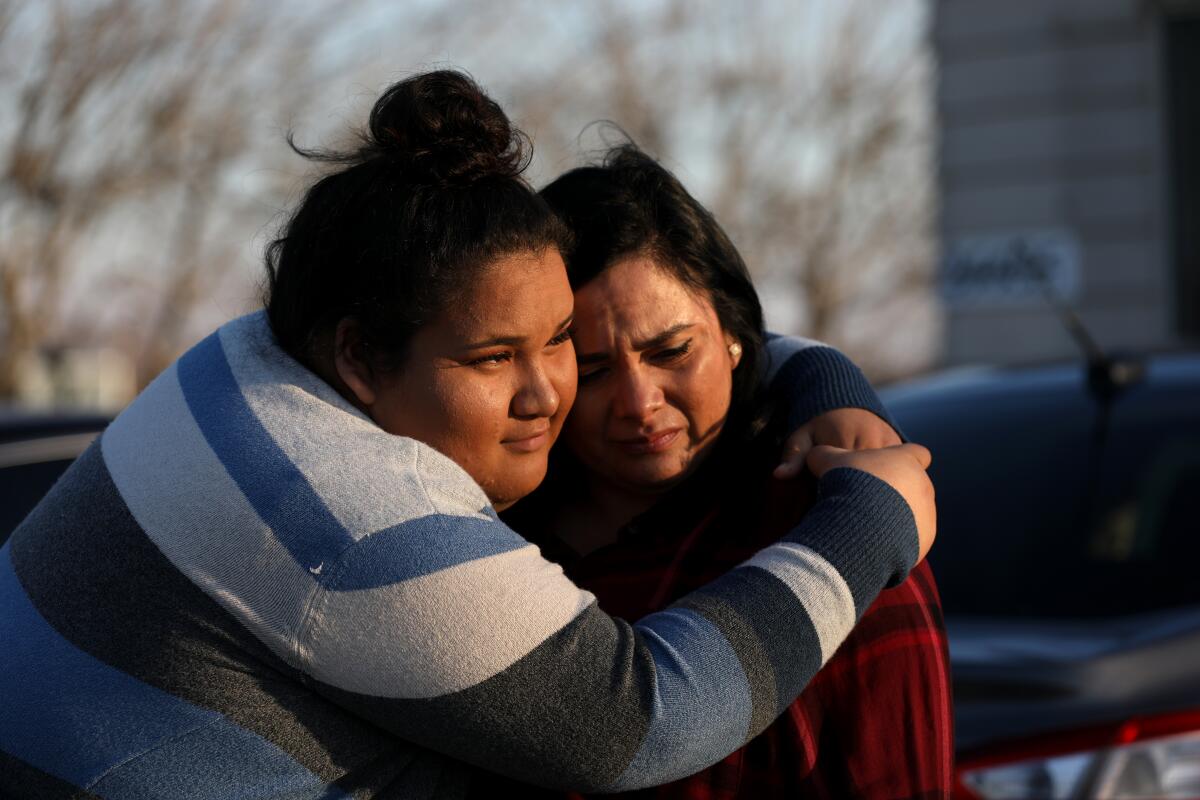
The family’s frontyard became like the hospital waiting room they weren’t allowed to visit. There, Bravo took all the calls from doctors and nurses. Vanessa watched her older sister pacing back and forth from a front window, interpreting the facial expressions and hand motions: good news or bad.
A few days after Ashley’s plasma treatment came good news: her condition had improved. She was released after 18 days in the hospital — eight of them on a ventilator.
Maria was released after eight days of observation.
But David, who was on a ventilator, only declined. At one point, he was scheduled to have his intubation tube removed, but his fever spiked. Blood started coming from his nose, then his mouth. It was from his lungs.
David had always been such a healthy man, Bravo said. A farmworker in the almond orchards who was born in Mexico, he almost never took a day off. He was stoic, someone who would take a Tylenol for just about everything and didn’t go to the doctor often. That he, of all people, would get so ill — it was a shock.
Early the morning of Aug. 6, a nurse called Bravo and said David’s doctors had gone into a meeting and were going to call soon. Gather the family, the nurse said.
That afternoon, as they sat on the front lawn, a doctor who had come from New York told them she had seen numerous cases like David’s. None lived.
“As a medical doctor, I can say there is no hope for your dad,” Bravo recalled her saying. “He will not survive. As a person, I can tell you only a miracle will save your dad.”
A few hours later, they did a Zoom call with David, who was barely conscious. They said goodbye.
“The next day, when we woke up, the house was so quiet,” Bravo said. “I have kids. I expected them to be playing around. No. It was empty without my dad. My sister started crying. I started crying. I said, ‘My dad is going to make it.’”
They went to church and prayed. They were standing outside when the doctor called, shocked: David had stopped bleeding overnight. His fever was gone. He was breathing more on his own.
After 48 days in the ICU — half of them on a ventilator — David was taken to a long-term acute care hospital in Sonoma County, where he spent about a month gaining his strength. His family couldn’t visit his room but would drive more than three hours to spend a few minutes outside his window, waving.
When she first saw him, Bravo did not recognize her father. He had lost half his body weight.
“He is a miracle,” said Alisa Nelson, a registered nurse at the Sonoma County hospital. He was one of her first COVID patients. “To see him progress from coming in on a vent, to literally walking out of the hospital — we don’t see that.”
David said that when he woke up from his coma, he did not know if his youngest daughter had survived. When the nurses told him it was September, he was stunned.
“I’ve been asleep this whole time?” he asked.
At one point, Vanessa made a desperate promise to God: If her father came home, she would shave her long, thick brown hair, which her father adored.
David came home Sept. 25. On Vanessa’s birthday, Sept. 30, David shaved her head. He wept.
More than four months later, David still uses a portable oxygen tank. After weeks on a ventilator, his voice is now a higher pitch, and his laugh is different.
The family has placed chairs all over their property. To rebuild the muscle that withered away, David walks, then rests. Walks, then rests.
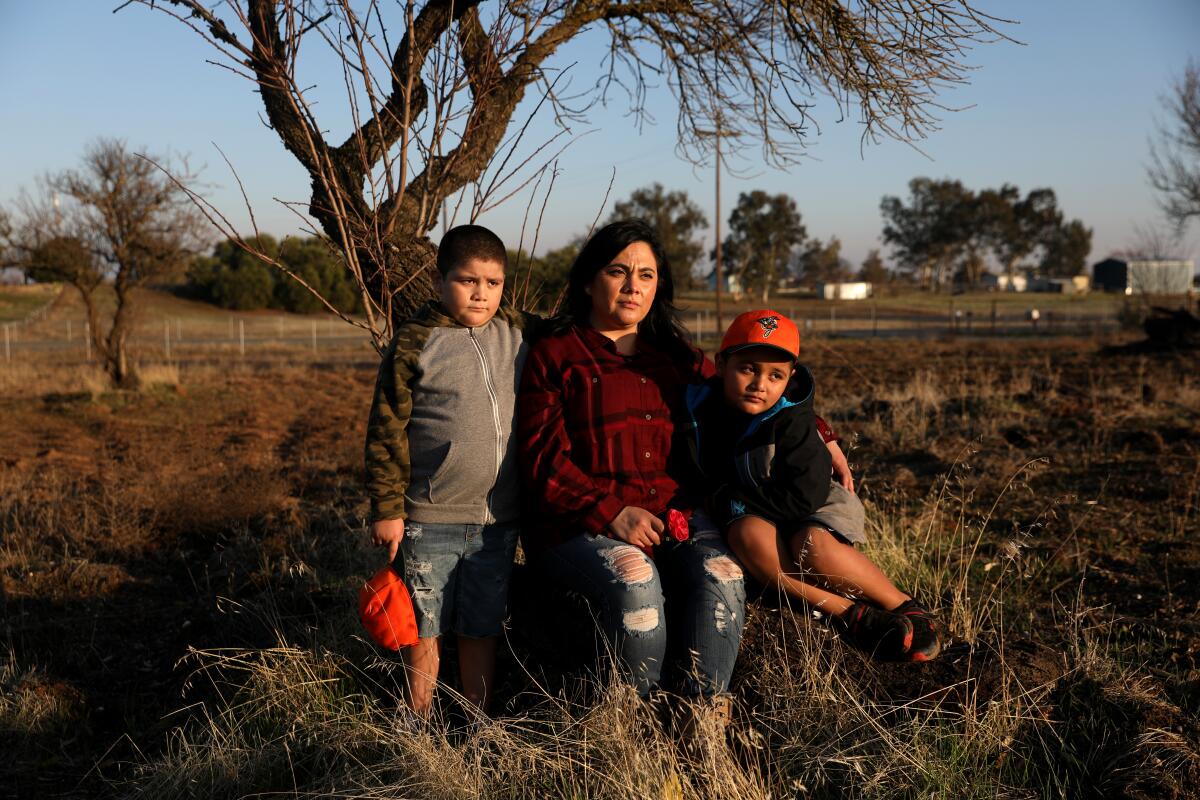
Bravo wants to start a foundation, something to get warm food to other local families stricken with COVID. When they were sick, people left meals at the end of their driveway — a perk of living in a small town where word gets around fast.
On her iPhone, she keeps a list of more than four dozen nurses and secretaries who took care of her family. Every day, she prays for each of them by name.
Remembering the vinca that fell at her feet, she says for them the prayer of St. Therese of Lisieux, who died at age 24 from tuberculosis and is called the Little Flower.
O Little Therese of the Child Jesus, please pick for me a rose from the heavenly gardens and send it ... as a message of love.
Ashley is finishing her senior year virtually, even though her school has resumed in-person classes.
She doesn’t leave home much because she doesn’t want to get sick again. She has withdrawn from social media to focus on herself.
She is haunted by the memory of waking up to find her hands restrained so she wouldn’t pull the tube out of her throat. She can still hear the heart monitor beside her bed, its beeps speeding up as she started to panic.
“There are times where I have flashbacks where I’m still in the hospital,” she said. “Sometimes, I’m just staring. Spacing out. I see it. I’m there. Back in the bed again.”
Times staff writer Sean Greene contributed to this report.
More to Read
Sign up for Essential California
The most important California stories and recommendations in your inbox every morning.
You may occasionally receive promotional content from the Los Angeles Times.
